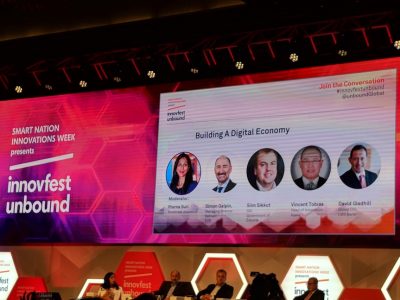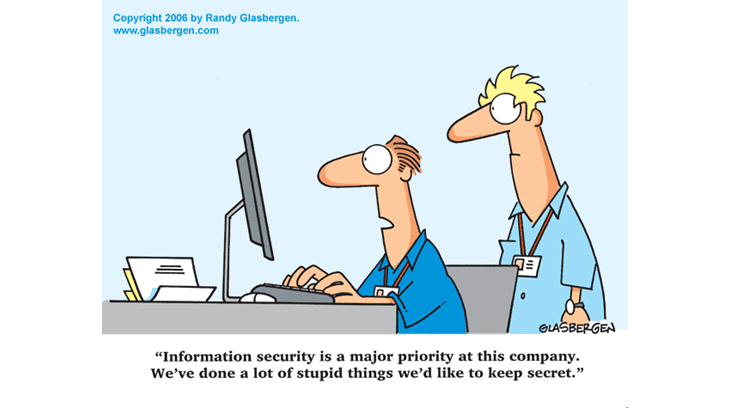This is the first of a series of blog posts on Collaborative working and Digital Transformation 2.0.
I recently attended Innovfest 2018 at Marina Bay Sands. It was a great event as always. Many Singapore and regional startups and some 150 year-old companies were in attendance.
The word “Collaboration” was featured in almost every keynote, panel discussion. It is a world that has rapidly changed from a cooperative to collaborative one. Why is that so? The large, mature enterprises are under tremendous competitive pressures from new players who have harnessed technology to their advantage, they have used collaborative models internally, with their partners and their customers to innovate, reduce costs and accelerate time-to-market. Think Uber, AirBNB, Netflix.

For the Unilever, HSBC and others who were at the conference, they need to work with startups to help them develop their Next Big Thing. But so as not to stifle the startups, they will need to work collaboratively. But isn’t that the same as cooperation?
Historically, there has always been collaboration: between kingdoms to defend against a strong enemy, among merchants to build new markets and among scientists for new inventions.
But with industrialisation and the mass production, the relationship has changed to one strong or dominant player with few to several suppliers. This latter relationship worked well when the dominant player knew exactly what he wanted, and products were commodities with specifications that can be well-defined. Contracts are written with specifications, terms and conditions, penalty clauses embedded, and vendors complied.
This is a cooperative relationship at best.

A simple analogy, though rather extreme, is seen in police movies. A witness is offers cooperation when he/she answers questions from the policeman. The questions are asked and answers are given. There is no need for a relationship of trust here, just a transactional one.

Collaboration happens when someone volunteers information that he/she knows without the police asking specific questions. Sure, the collaborator has an objective which is the same as the police. The motive may be very different but there is a trust between the collaborator and police.
So collaboration is required when the requirements are not detailed, there is a common objective and execution needs to be quick.

Many years ago when On-demand TV was still in its infancy, when Internet Protocol (IP) was still one of many competing standards, we tried to rollout Asia’s first Video-on-Demand. It was 3 vendors and a telco. Each of us had a piece of the technology puzzle and a common objective to rollout a world first using open technologies. Initially, it was very tough because the relationships were buyer-vendor, main contractor-subcontractor.
To make the whole project work while standards and technologies were changing every month and week, the only way to develop a flattened hierarchy and where information freely flowed. The communication technologies were not very advanced then, we were still communicating with the Japanese using faxes, there was no video conferencing, no whiteboarding. But the collaborative spirit, and a process put together overcame many obstacles.

When we build new technologies and new business models, is there a single party that knows exactly what is needed so that other suppliers can go build products, business models, financing to deliver this new solution? Think of Smart Cities, Industry 4.0, Open Business Model, use of Artificial Intelligence, Blockchain, Autonomous Cars. The winners in this new race are those who can develop a sustainable model the quickest.
Collaboration is the only way to go!
In later posts, we will examine in detail the drivers for collaboration and what is needed to sustain the new collaborative model.






Leave A Comment